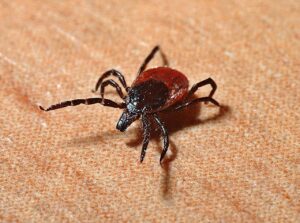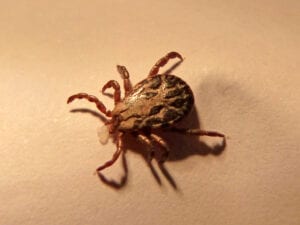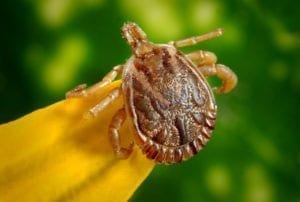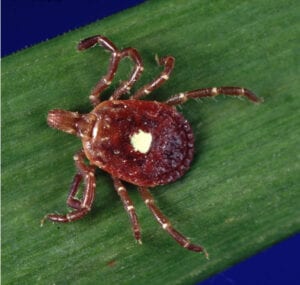Babesiosis
What is babesiosis?
Babesiosis is a rare, malaria-like disease caused by various types of Babesia, a microscopic parasite that infects red blood cells and is spread through ticks. The disease can range in severity: some cases are asymptomatic and some are life-threatening. Even so, babesiosis is preventable and treatable. In the United States, tickborne transmission is most common in parts of the Northeast and upper Midwest; usually during warmer months.What are the symptoms of babesiosis?
Many people who are infected with Babesia do not have symptoms. Those who do show symptoms often have those that are similar to the symptoms of Lyme disease, which include:- Fever
- Chills
- Fatigue
- Headache
- Excessive sweating
- Muscle aches
- Chest pain
- Hip pain
- Shortness of breath
What causes babesiosis?
Babesiosis is transmitted by the bite of an infected deer tick, Ixodes scapularis. Transmission can also occur via transfusion of contaminated blood and possibly from an infected mother to her baby during pregnancy or delivery.How is babesiosis diagnosed?
After a thorough clinical examination and patient history, a health care provider will confirm a diagnosis of babesiosis by examining blood specimens under a microscope. The telltale sign of babesiosis is if Babesia parasites are seen inside red blood cells. These specific tests include:- PCR (polymerase chain reaction) test
- FISH (Fluorescent In-Situ Hybridization) test
- Other blood tests
What are the treatments for babesiosis?
People who are asymptomatic with babesiosis do not need treatment. If needed, babesiosis is typically treated with a combination of anti-malarial drugs and antibiotics, and in life-threatening cases, exchange transfusion can be performed, in which the patient’s infected red blood cells are removed and replaced with uninfected ones.Where can I find out more about babesiosis?
Babesiosis Articles

Babesiosis Cases Are Increasing in 8 States, According to the CDC
James Moore
April 14, 2023
Read More »

An Uptick in Babesiosis Cases in the Northeast Has Some People Concerned
Jessica Lynn
March 29, 2023
Read More »

Recently Discovered “Sister” Bacteria to Lyme disease Highly Prevalent in New England
Trudy Horsting
April 18, 2022
Read More »











